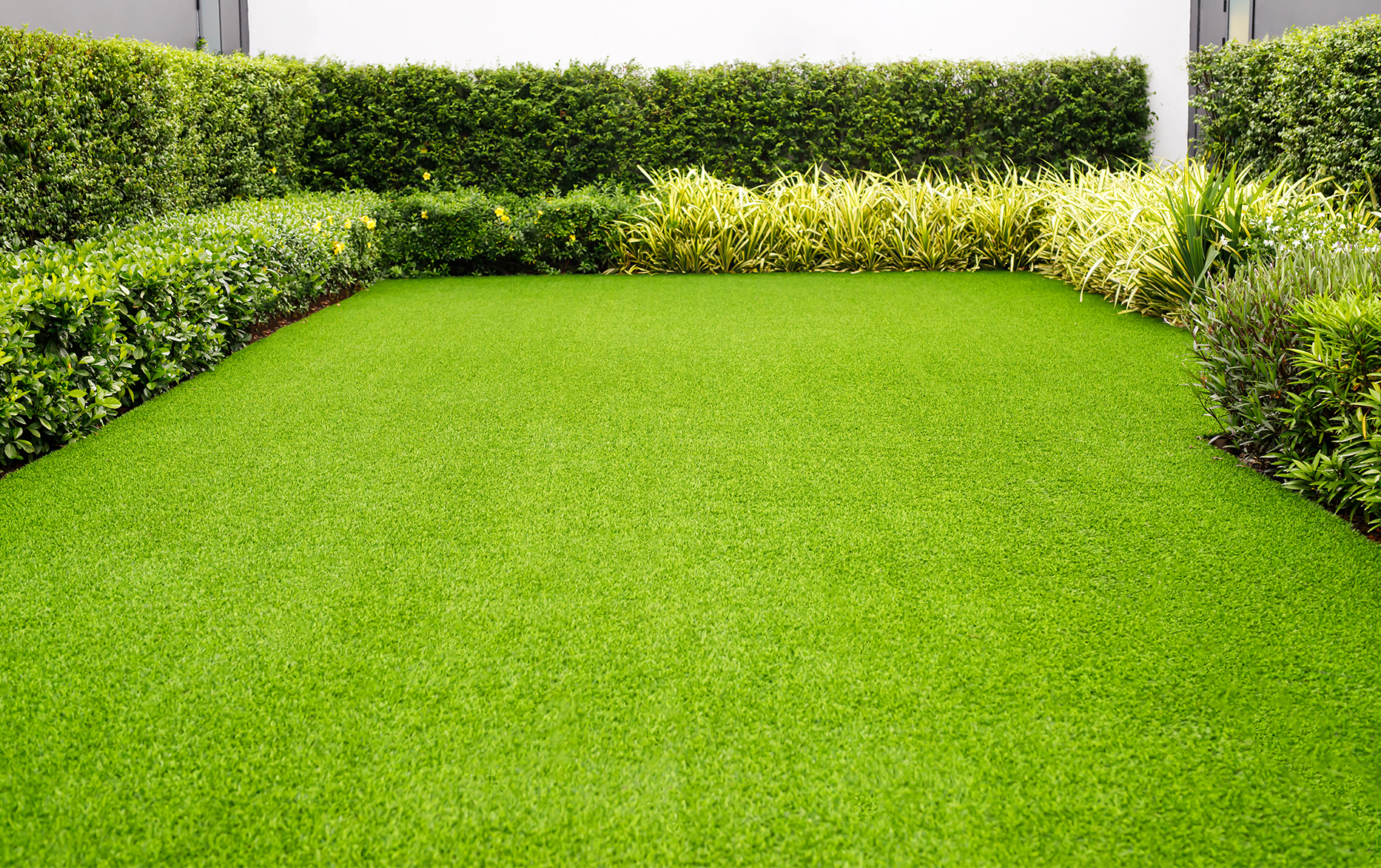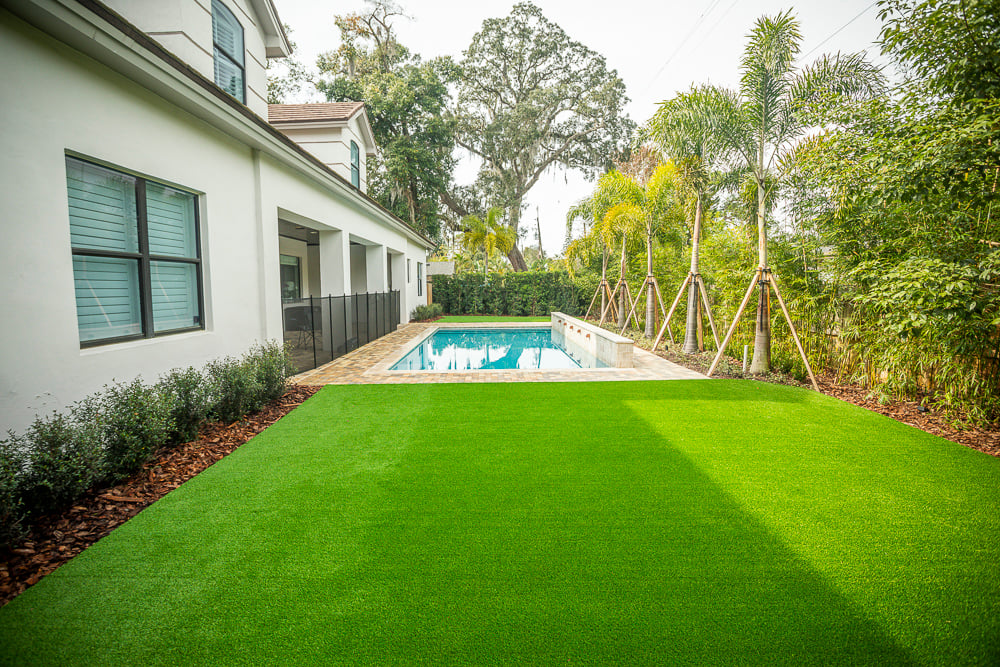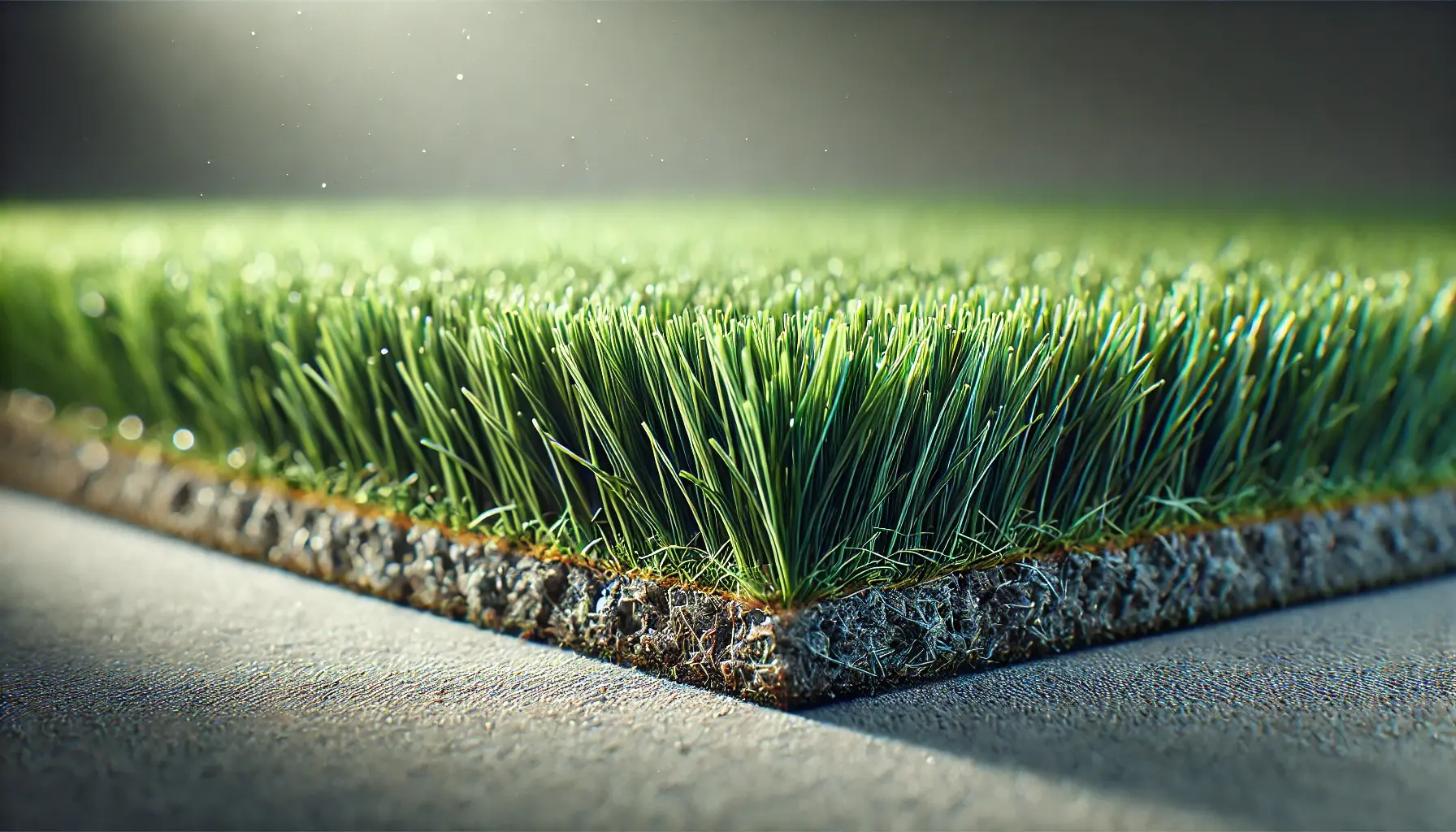Discover Trusted Artificial Turf Companies Phoenix for Your Outdoor Needs
Discover Trusted Artificial Turf Companies Phoenix for Your Outdoor Needs
Blog Article
Delve Into the Environmental Advantages of Opting for Artificial Lawn Solutions
The fostering of synthetic grass services offers an engaging opportunity to attend to pushing environmental difficulties. By dramatically lowering water usage and minimizing the application of unsafe chemicals, these choices not just promote sustainable landscape design yet additionally shield local environments. Furthermore, the lower carbon footprint related to reduced maintenance activities adds to a much more lasting strategy to land monitoring. The effects of these advantages prolong past simple conservation efforts, elevating concerns concerning their lasting impact on environment preservation and total ecological balance. Discovering these dimensions exposes an intricate interaction worth taking into consideration.
Water Preservation Benefits
One of the most significant advantages of artificial grass is its capability to conserve water. Standard turf lawns need substantial irrigation, particularly in locations vulnerable to drought or water constraints. In comparison, synthetic lawn does not require watering, dramatically lowering the general need for water resources. This attribute is particularly advantageous in deserts where water deficiency is a pressing concern.
By getting rid of the need for regular watering, synthetic grass adds to sustainable landscape practices and aids minimize the ecological impact of excessive water usage. The preservation of water prolongs to the reduction of runoff, which can lead to dirt disintegration and waterway contamination.
Furthermore, the installment of synthetic grass enables home owners and towns to allocate water resources a lot more effectively, focusing on essential uses such as drinking water and farming. The change in the direction of synthetic grass not just promotes accountable water usage however also aligns with more comprehensive ecological objectives focused on protecting natural resources.
As neighborhoods increasingly focus on sustainability, the water preservation advantages of synthetic grass present a compelling situation for its fostering in commercial and household landscape design jobs.
Minimized Chemical Use
The change to synthetic turf substantially lowers the reliance on chemical therapies generally utilized in all-natural grass maintenance. Conventional lawn management normally entails the application of herbicides, plant foods, and pesticides to promote development and control pests. These chemicals can position threats to human health, neighborhood wildlife, and the setting, adding to dirt and water contamination.
On the other hand, synthetic grass removes the need for these dangerous substances. When mounted, it requires marginal upkeep, primarily containing regular cleansing and occasional infill replenishment. This reduction in chemical use not only profits the instant environment yet likewise adds to wider environmental security. By reducing the launch of synthetic compounds into the ecological community, synthetic grass advertises much healthier dirt and water supply.
Additionally, the lack of chemical drainage related to synthetic grass installments helps safeguard regional waterways from contamination, sustaining marine life and keeping biodiversity. Turf installation phoenix az. As areas significantly prioritize sustainable methods, choosing for man-made grass offers a sensible solution that straightens with environmental conservation objectives. Via this shift, homeowner can appreciate rich eco-friendly rooms without endangering eco-friendly wellness, leading the way for a much more lasting future
Reduced Carbon Footprint

Furthermore, the setup of synthetic grass can result in considerable water conservation. Natural lawns require significant quantities of water for irrigation, which not just contributes to the carbon impact associated with water removal and therapy yet additionally pressures neighborhood water resources. In comparison, synthetic grass needs minimal maintenance, calling for no watering, consequently substantially lowering water use and its associated power costs.
Furthermore, the durability of synthetic grass adds to its decreased carbon impact. With a lifespan of approximately 15 years or more, the requirement for frequent substitutes is decreased, resulting in less waste and lower energy usage in manufacturing and getting rid of standard yard choices. Overall, synthetic grass presents a lasting alternative for ecologically mindful landscape design.
Habitat Preservation
Habitat conservation is an important consideration in the argument over landscaping choices, particularly when comparing synthetic grass to natural grass. All-natural grass lawns often call for extensive maintenance, including using fertilizers, pesticides, and herbicides, which can detrimentally look at this web-site affect regional communities. These chemicals can leach into the dirt and waterways, hurting indigenous plants and animals and interfering with local habitats.
In contrast, man-made turf presents a possibility to minimize the ecological footprint of landscaping. By choosing artificial turf, property owners can lessen the disturbance of natural environments related to standard yard care techniques. Synthetic lawn eliminates the need for unsafe chemicals, consequently safeguarding nearby wild animals and maintaining the honesty of bordering ecological communities. The setup of artificial turf can lead to the conversion of previous turf locations into even more biodiverse landscapes, such as pollinator gardens or native plant areas, which can support neighborhood wild animals.
Eventually, the change to synthetic grass not only saves water and decreases upkeep efforts yet likewise promotes a more harmonious connection in between human tasks and the all-natural atmosphere, advertising habitat conservation in the process.
Long-Term Sustainability
Lasting sustainability is a vital consider assessing the advantages of man-made turf over conventional grass yards. One of the most considerable advantages of artificial grass is its durability; it can last up to 15-20 years with marginal upkeep, whereas all-natural lawn needs frequent reseeding and substitute. This durability lowers the demand for constant sources, such as water, fertilizers, and chemicals, which are crucial for keeping a healthy and balanced turf lawn.
Furthermore, artificial lawn contributes to a reduction in carbon exhausts connected with grass care equipment. Typical lawns commonly need gas-powered lawn mowers, trimmers, and blowers, every one of which add to air pollution. Arizona artificial turf. On the other hand, synthetic grass removes the demand for such equipment, advertising a cleaner atmosphere
In addition, the production of man-made lawn increasingly makes use of recycled materials, boosting its sustainability account. As suppliers take on green techniques, the ecological footprint of synthetic grass remains to reduce.

Verdict
The fostering of synthetic grass remedies offers significant ecological advantages, including considerable water preservation, decreased reliance on harmful chemicals, and a lower carbon footprint. Man-made grass help in preserving natural environments by reducing land disturbance and promoting long-term sustainability with the usage of resilient products. Jointly, these variables emphasize the possibility of synthetic grass to add favorably to ecological health and offer a sensible choice to standard landscaping practices in a progressively resource-conscious globe.
In comparison, fabricated turf does not need watering, considerably decreasing the overall need for water sources. By lessening the launch of synthetic compounds into the environment, fabricated turf promotes much healthier soil and water systems.
In addition, the installment of man-made grass can result in significant water preservation. In contrast, fabricated lawn requires very little upkeep, requiring no watering, therefore considerably check it out minimizing water use and its connected energy costs.

Report this page